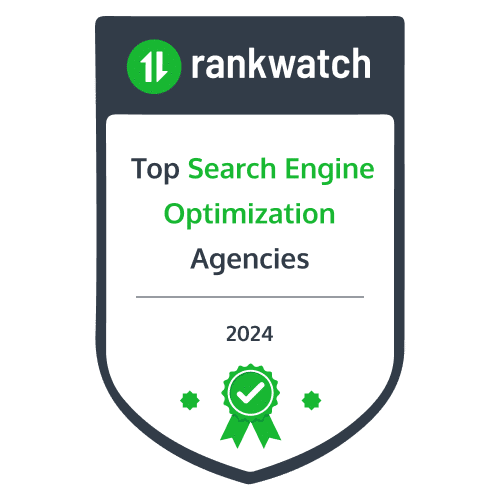In the current digital environment, effective website management extends beyond just updating content and enhancing user engagement; it is a fundamental component of safeguarding your small business against online threats. WordPress, a popular platform for small businesses, offers a user-friendly interface and robust options for site management. This blog will not only guide you through the essentials of WordPress maintenance but also empower you with the simple steps of website security that you can take to ensure your site remains secure and efficient.
Why Maintain Your WordPress Site?
Neglecting the maintenance of your WordPress site can lead to several risks, including slow site performance, decreased search engine rankings, and increased vulnerability to cyber-attacks such as DDoS attacks (which overload your site with traffic), SQL injections (which exploit vulnerabilities in your site’s database), or brute force attacks (which attempt to guess your site’s login credentials). Regular maintenance helps optimize the performance and fortifies your site’s defenses against these new threats. By staying updated and vigilant, you protect your data and that of your customers, enhancing your business’s reputation and trustworthiness.
Basic WordPress Maintenance Tasks
Regular Updates: WordPress frequently releases updates that enhance functionality and website security. Keeping your WordPress core, themes, and plugins updated is crucial. These updates often patch security vulnerabilities and add new features. Set aside time each month to check for and apply these updates.
Backups: Regular backups are your safety net for data loss or security breaches. Utilize plugins that can automate this process, such as UpdraftPlus or VaultPress, to store backups in multiple locations (e.g., cloud storage and an external hard drive).
Security Checks: Install plugins like Wordfence or Sucuri to protect against malware and attacks. These plugins offer features like firewalls and regular scans, which can identify and block security threats before they affect your site.
Enhancing Website Security on WordPress
Strong Passwords and User Permissions
Use strong, unique passwords for your WordPress admin area, database, and FTP accounts. Manage user permissions wisely; limit admin-level access only to those who need it.
Website Security Plugins
Plugins extend your site’s capabilities and security. Good security plugins monitor your site for vulnerabilities, block spam, enforce strong passwords, and keep malicious traffic away.
Monitoring and Defense
Regularly check your website’s health using tools provided by Google, such as Search Console, which can alert you to potential security issues. Also, monitor your site’s activity logs to spot any unusual behavior. Failure to do so could result in not being able to detect and respond to security breaches promptly, potentially leading to data loss or other serious consequences for your site and business.
Maintaining a Healthy Online Presence for Website Security
SEO and Content Updates
Regularly update your content and optimize your site for search engines. Fresh content can attract visitors and improve your site’s visibility while also ensuring your site’s architecture remains secure.
Managing User Interaction and Comments
Enable features that reduce spam, such as captchas, and moderate comments to prevent malicious content. Keeping a clean interaction space enhances user experience and protects your site from potential security threats hidden in user-submitted content.
Maintaining and securing your WordPress site is an ongoing process crucial to safeguarding your online presence. By consistently applying updates, keeping backups, and enforcing thorough security measures, you can ensure that your site remains a dependable and secure resource for your customers. Take action today to protect your online space, and continue to educate yourself on the best practices in cyber security and website maintenance.
Have questions or need assistance? Get in touch today!








